Maintaining good oral hygiene is essential for overall health, yet countless dental myths persist—causing confusion and even leading people to adopt harmful habits. In this article, we bust 10 of the most common dental myths, separating fact from fiction so you can take better care of your teeth and gums. Whether you’re brushing up on oral health basics or trying to correct long-held beliefs, this guide has you covered.

1. Myth: Brushing Harder Cleans Teeth Better
Busted: Brushing with excessive force can damage your tooth enamel and irritate your gums. A soft-bristled toothbrush used with gentle, circular motions is far more effective and safer. Aggressive brushing can lead to receding gums and increased tooth sensitivity over time.
Fact: Proper technique is more important than force. Brush for at least two minutes, twice a day, using fluoride toothpaste.

2. Myth: You Only Need to See a Dentist When You Have a Problem
Busted: Waiting until you feel pain or discomfort can lead to more serious and costly dental issues.
Fact: Regular dental check-ups (every six months) are essential for early detection of issues like cavities, gum disease, and even oral cancer. Preventive care helps you avoid complex treatments in the future.
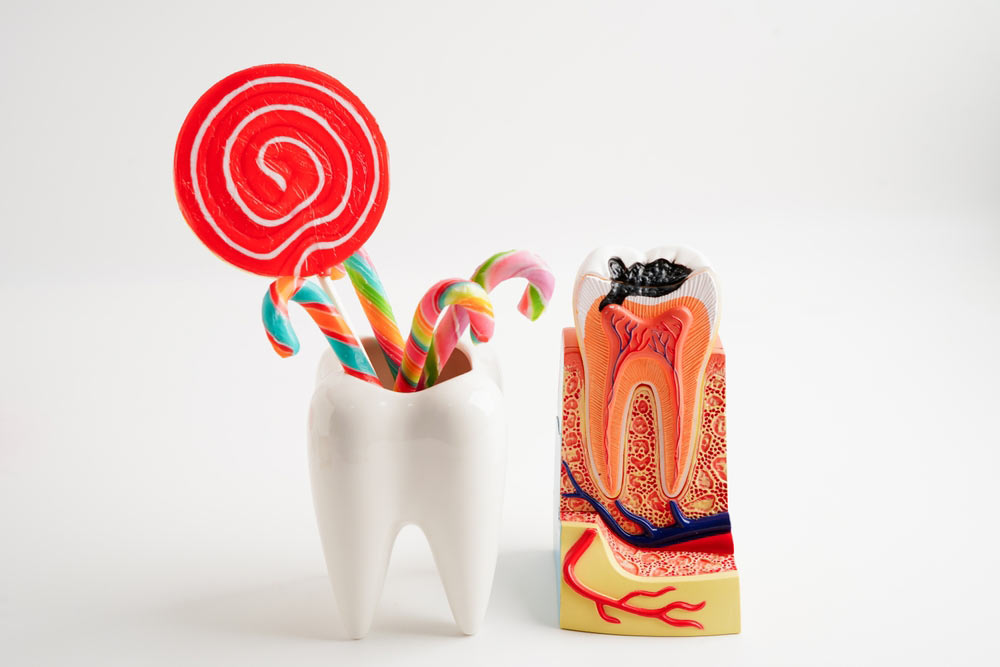
3. Myth: Sugar Is the Only Cause of Cavities
Busted: While sugar plays a big role in cavity formation, it’s not the only culprit.
Fact: Cavities form when bacteria in your mouth break down carbohydrates—sugars and starches—producing acid that wears down tooth enamel. Foods like bread, chips, and pasta can be just as harmful if oral hygiene is neglected. Frequent snacking and poor brushing habits also contribute to decay.

4. Myth: Baby Teeth Don’t Matter Because They Fall Out Anyway
Busted: Decay in baby teeth can lead to pain, infection, and alignment problems in permanent teeth.
Fact: Healthy baby teeth are vital for proper chewing, speech development, and holding space for adult teeth. Neglecting them can cause lasting dental issues, so children need regular checkups and daily oral care.
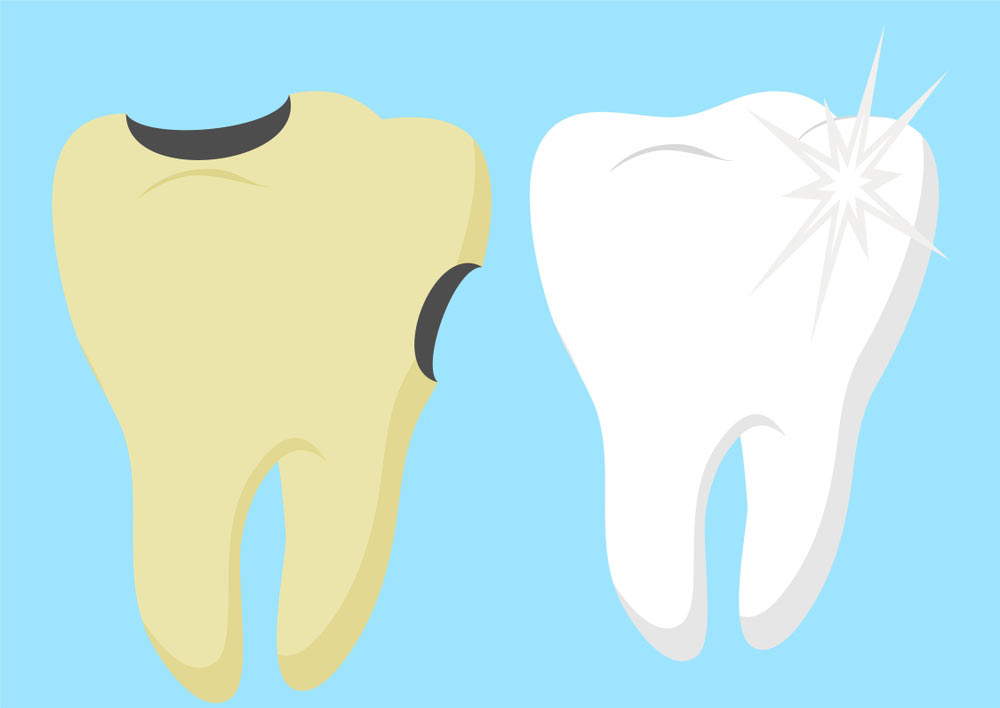
5. Myth: Whitening Damages Your Teeth
Busted: When done correctly and under professional guidance, teeth whitening is safe and effective.
Fact: Over-the-counter products may cause sensitivity if misused, but professional treatments use regulated formulas that minimize risk. Always consult your dentist before starting any whitening regimen.
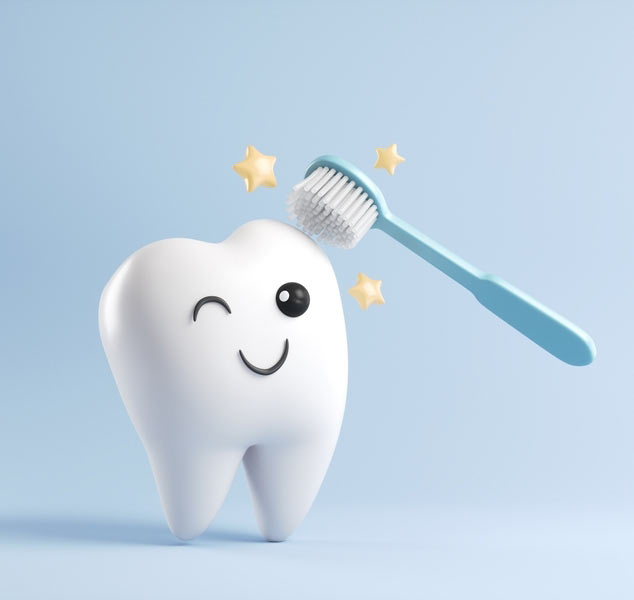
6. Myth: You Don’t Need to Floss If You Brush Well
Busted: Brushing alone can’t reach the spaces between your teeth where plaque and food particles get trapped.
Fact: Flossing at east once a day is critical for preventing cavities and gum disease. It removes debris from between teeth and along the gumline, areas your toothbrush simply can’t reach.
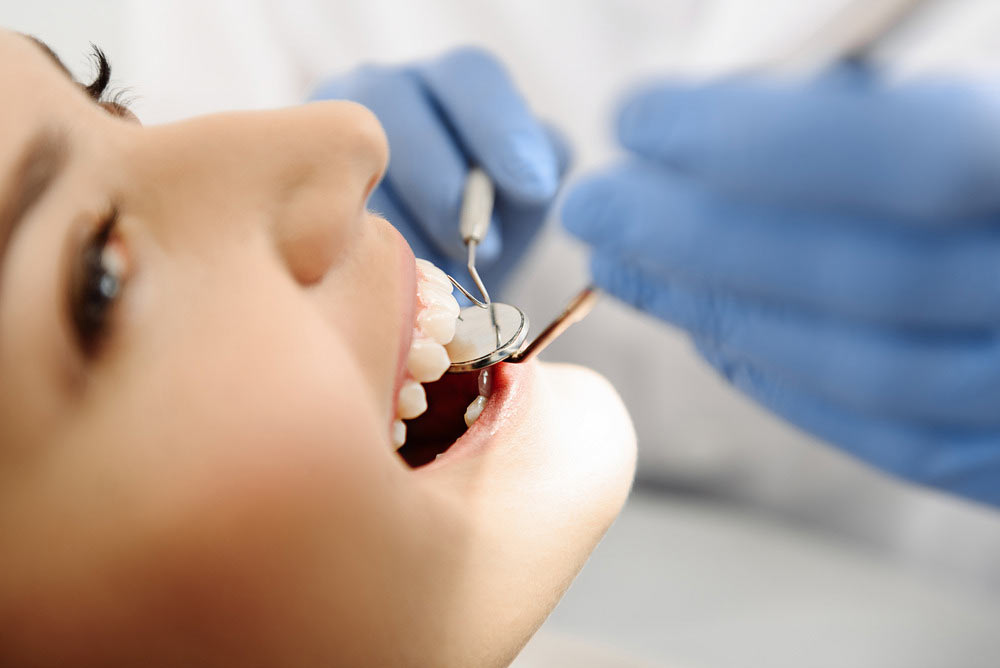
7. Myth: Dental Health Doesn’t Affect Overall Health
Busted: Your mouth is the gateway to your body, and poor oral health can impact your overall well-being.
Fact: Gum disease has been linked to serious conditions such as heart disease, diabetes, stroke, and respiratory infections. Maintaining a healthy mouth helps protect your entire body.
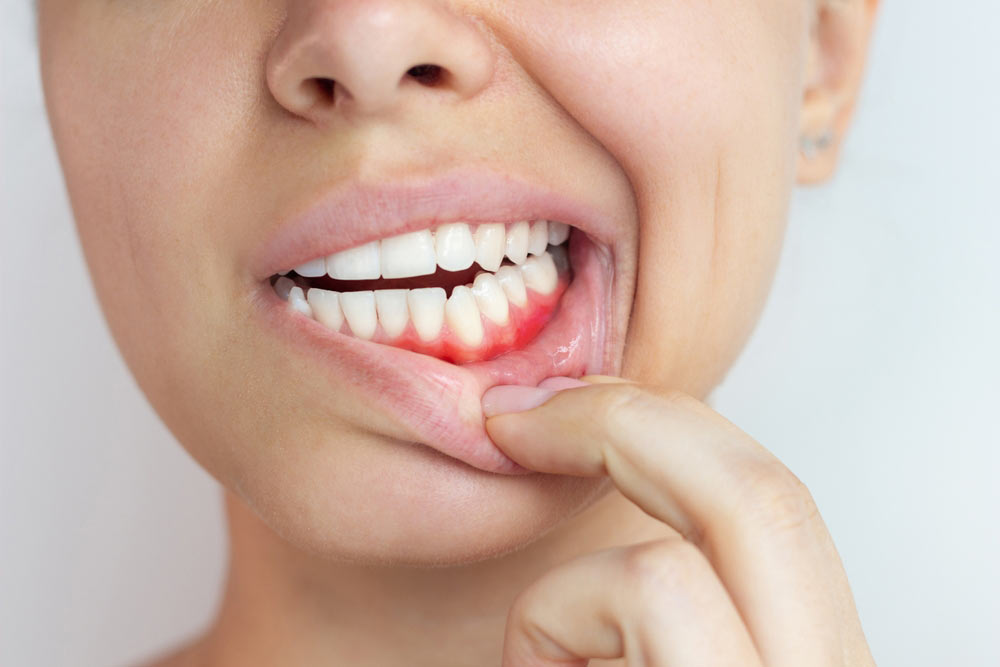
8. Myth: If Your Gums Bleed When You Floss, You Should Stop
Busted: Bleeding gums are often a sign of inflammation, not a reason to stop flossing.
Fact: If your gums bleed during flossing, it’s likely due to plaque buildup or early gum disease. With consistent and gentle flossing, the bleeding should subside as your gums become healthier. If it persists, see your dentist.

9. Myth: Bad Breath Means Poor Hygiene
Busted: While poor oral hygiene is a common cause, bad breath (halitosis) can have many origins.
Fact: Persistent bad breath may be caused by gum disease, dry mouth, certain medications, or systemic health issues like acid reflux or diabetes. If brushing, flossing, and mouthwash don’t help, consult a dental professional for further evaluation.

10. Myth: You Can’t Get Cavities Under Dental Fillings or Crowns
Busted: Dental restorations don’t make your teeth immune to decay.
Fact: Bacteria can still accumulate around the edges of fillings and crowns. If oral hygiene is poor, decay can form underneath or beside these restorations. Brushing, flossing, and regular dental visits are key to maintaining their integrity.
Final Thoughts: Stay Informed, Stay Healthy
Oral health myths can be misleading—and sometimes downright dangerous. Believing in them can lead to poor habits, unnecessary anxiety, or delayed treatment. By debunking these common myths and following evidence-based advice, you’ll be better equipped to protect your smile for years to come.
Here’s a quick checklist to keep your dental health on track:
- Brush twice a day with a soft-bristled toothbrush
- Floss daily
- Visit your dentist every 6 months
- Limit sugary and starchy foods
- Avoid smoking and tobacco products
- Use fluoride-based products when recommended
